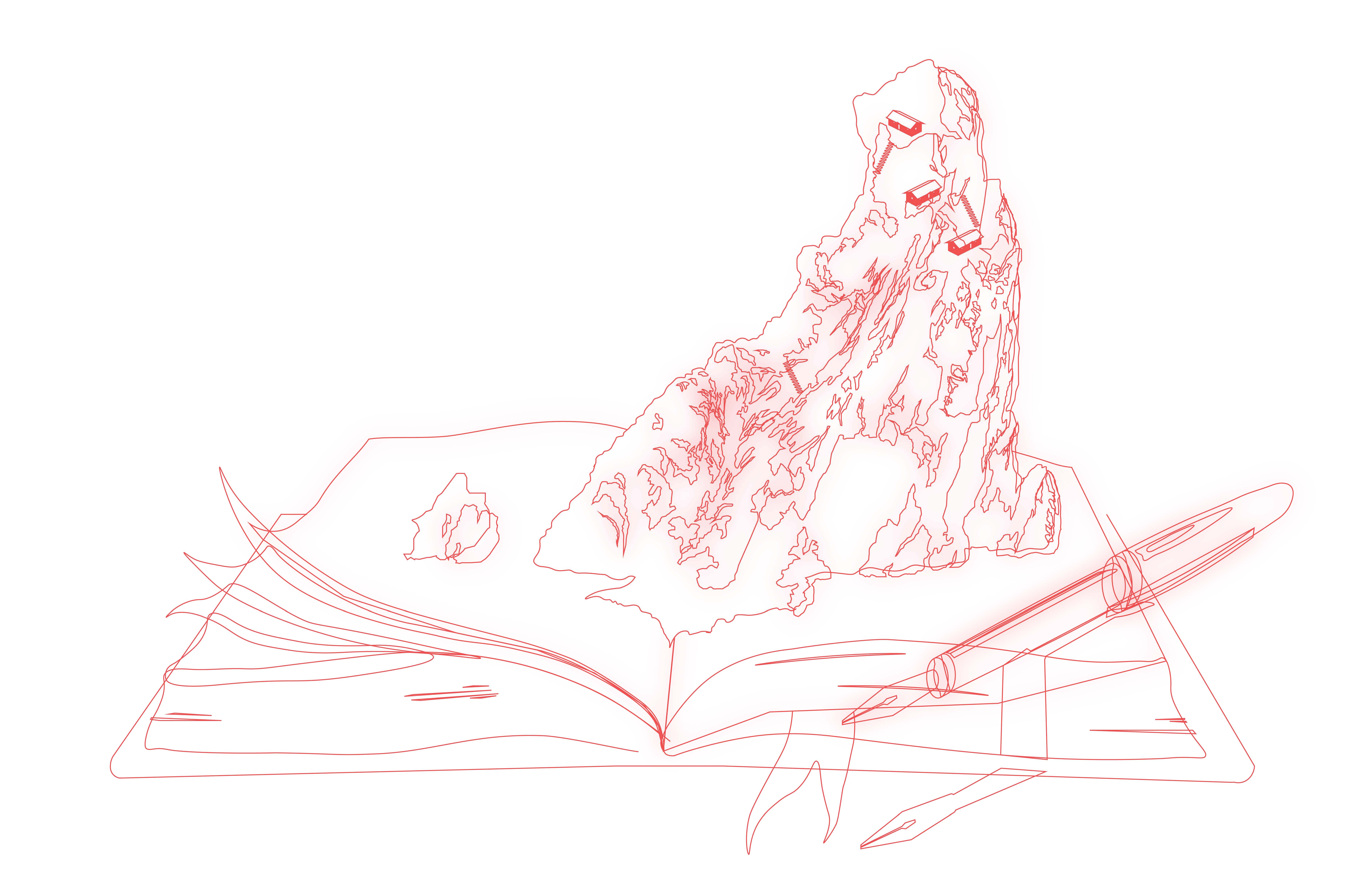Current Work
 Pre-colombian Valdivia from the Alabado Museum in Quito, Ecuador
Pre-colombian Valdivia from the Alabado Museum in Quito, EcuadorFollow our journey through Ecuador’s geographies, the architectural research project entitled “Cañ and Ara: Mending Climates with Vernacular Cosmovisions,” generously selected by the Fulbright Program.
︎︎︎Visit our Blog HERE

Women listening intently to Kenao president Yadira Ocoguaje’s speech
Siekopai women from Siekoya Remolino, Ecuador, describe the innovations made within their women’s artist collective Kenao.
︎︎︎Learn how we are supporting Kenao HERE

Still from short film “The Gods of Stone are Watching”
“The Gods of Stone are Watching,” short film and official selection of the exhibition Re-Examining Conservation at the Granoff Center for the Creative Arts, is now streaming on Vimeo.
︎︎︎Watch our short film HERE

Still from Milanote archive of Open-Source research on Alaskan Sea Level Rise
“Alaska Research Archive,” captures documents and notes from a year-long collaboration with Sofie Kusaba investigating the impacts of Sea Level Rise on migration.
︎︎︎Peruse the archive HERE

“Moth Season” in mnemotope 005, Bog Bodies Press
mnemotope is a community magazine by Bog Bodies Press, derived from a term that’s used in writings about archaeological finds. “a mnemotope is something (often historical) that compresses the viewer’s experience of time; allowing them to be in the period in which the object came to be, at the site when it was excavated and in the museum looking at it.”
︎︎︎Learn how to read “Moth Season” and “Smokey Bear” HERE

Modern facsimile of Puebloan pottery emulating cacti, ironically as an artificial vessel for non-native succulents.
“Sere Beauty [Annotated]: Local Meditations, Counternarratives,” has been recently peer-reviewed by the Journal for Cultural Geography.
︎︎︎Learn how to read “Sere Beauty [Annotated]” HERE

︎ Find us on Instagram for more exclusive content
A Sketchbook Manifesto
What is the CLIMIGRANT’S SKETCHBOOK INITIATIVE (CSI)?
The Climigrant’s Sketchbook Initiative is a design research collaborative that connects Climate Migrants from across ecosystems through stories, tools, and artwork with the aim of empowering those displaced by climate change. Our mission is to provide an all-access and free space for individuals around the world facing displacement. The CSI is dedicated to cultural exchange, incorporating climate-specific architectural adaptations from vernacular construction and indigenous wisdom. This platform equips refugees, dispossessed, or displaced peoples with valuable knowledge, strategies, and tools to adapt to the rapidly changing climatic conditions and build sustainable futures, provoking resilience at the scale of the human hand. The CSI prioritizes the role of social services, many Climigrants experiencing scarcity of: food, water, shelter, healthcare access, and employment. As part of the research process, the CSI conducts field studies and in-person workshops. Drawing upon intersectional methods of community engagement, researchers with the CSI emphasize the role of environmental justice in actively combatting inequity felt by the LGBTQ+ and BIPOC communities. By connecting between design, research, and community engagement, CSI attempts to break down the common pathways of exclusion. By creating an intimate space that fosters the sharing of experiences, solutions, and storytelling, Climigrant’s Sketchbook cultivates a global community focused on resilience, knowledge exchange, and collective action.

The Climigrant’s Sketchbook Initiative is a resource network designed to empower migrants with the knowledge and skills necessary to adapt to their changing environments. In today's digital society, many knowledges behind craft making and self-sufficiency have been rendered inaccessible as the generational handicraft disappears. By collecting existing resources and original research, the platform offers a diverse range of articles, original diagrams, and interactive tools that cover various topics crucial to adaptation. These resources include but are not limited to:
- Building Techniques: Detailed guides of vernacular architectural typographic research and practical insights into constructing resilient, climate-adaptive structures that take into account local materials, climate variability, and available resources including the implementation of native species in the design solutions. We strongly emphasize the application of physical practices, where collaborators can learn by doing.
- Climate Literacy: Comprehensive information and visualizations that help migrants understand shifting climatic conditions, such as temperature changes, rainfall patterns, and the impact on ecosystems. This knowledge allows them to anticipate and prepare for future challenges.
- Storytelling through Art: A dedicated section for migrants to share their personal experiences, challenges faced, and successful adaptation strategies. This fosters a sense of community and encourages the exchange of valuable knowledge and best practices. As the reach of the CSI grows, so does the network of contributors and available resources.
- Research Database: A curated collection of both original research and external research, such as academic papers, case studies, and practical tools that provide a comprehensive repository for further exploration and learning.